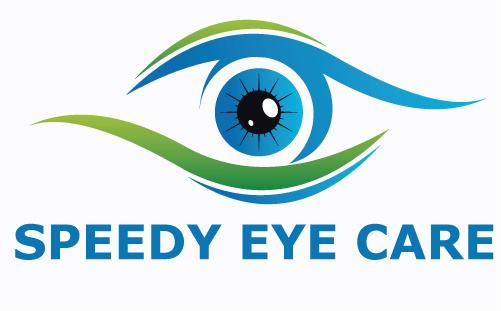
Diabetic retinopathy is an eye disease that affects people with diabetes. It is caused by damage to the blood vessels of the light-sensitive tissue at the back of the eye (retina). While there may be no noticeable symptoms at the onset of the disease, symptoms such as dark or black spots in your visual field and blurry vision may start to develop. This is a result of bleeding at the back of the eye, which prevents a clear image from being transmitted from the retina to the brain.
Whether you have type 1, type 2, or gestational diabetes (diabetes diagnosed during pregnancy), you are at risk for developing diabetic retinopathy. The longer you have had the disease, the greater the risk. It is therefore crucial to have your eyes checked at least once a year, if you have diabetes.
It is best diagnosed with a comprehensive eye exam. For this exam, drops are placed in your eyes to temporarily widen (dilate) your pupils to allow your ophthalmologist or optometrist a better view inside your eyes. During the exam, your eye doctor will look for abnormalities in the inside and outside parts of your eyes. The effects of these drops, i.e. blurring, wear off in a few hours.
After diagnosis, treatment plans are devised according to the severity of the disease. With a mild or moderate diabetic retinopathy, managing your diabetes with the help of your endocrinologist will aid in slowing the progression of the diabetic retinopathy. With more severe cases, treatment can include vitrectomy, replacing the inner gel-like substance that supports the eyeball structure, injecting medication into the eye, and laser surgery.
